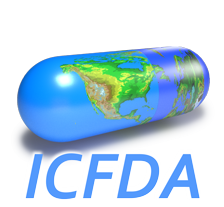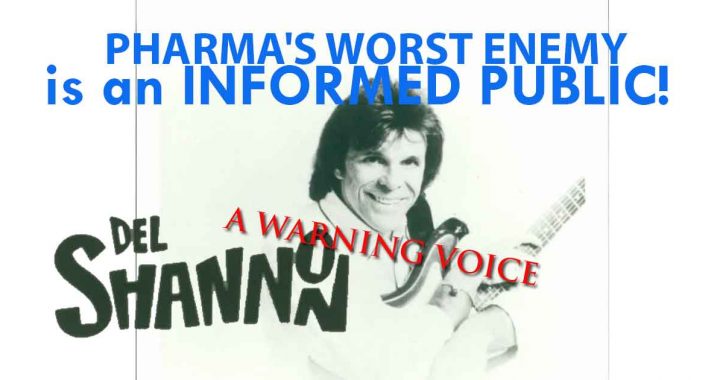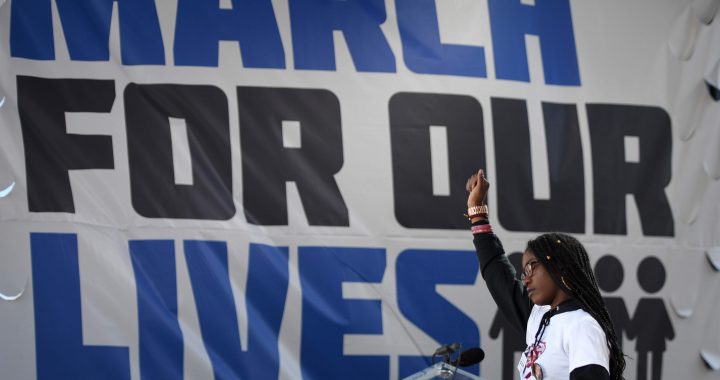
http://www.ksl.com/index.php?nid=148&sid=25782911
In response to the following article on a new NAMI office opening:
Where to begin…first Senator Grassley found in a probe of NAMI several years back that 75%-80% of NAMI’s funding comes directly from prescription drug manufacturers with a vested interest in marketing their medications. So is it any wonder that NAMI’s main focus is on teaching families to make sure their own family members stay on meds no matter the obvious side effects? So embarrassing to the then head of NAMI was this information from Senator Grassley’s probe that he stepped down from his position. Though few remaining seem to ever have been made aware of the results of this probe into NAMI’s funding.
Originally when Prozac was the first SSRI antidepressant introduced doctors refused to prescribe it due to its strong potential to induce Bipolar. Dr. Malcomb Bowers of Yale has some shocking research out on the very high numbers of antidepressant-induced Bipolar. Google it for more info.
When these children go into Bipolar at or near the time of puberty it is my opinion that it is mainly because of hypoglycemia, low blood sugar. Their bodies go into shock as it would in a growth spurt due to going through more PHYSICAL changes than they have since before the age of 2 during puberty. If their nutrient level is not high enough to handle these changes (And how many parents are taught that their children need additional nutrients to make it through the changes of puberty?) the pancreas takes a hit since it is the first organ adversely affected by any kind of stressor thus throwing the body into blood sugar swings – therefore the highs and lows of the mood swings that in turn lead to a diagnosis of Bipolar.
Complicating that for this family is the Native American heritage. Why? Because there is a pancreatic weakness that runs through the race – most likely due to the nutrient depleted “foods” provided them years ago by our government – namely white sugar, white flour and lard. Is it any wonder the Native American’s call diabetes the “white death”?! My grandfather was 1/4 Native American and died of diabetes. My mother is hypoglycemic leading me to be very much aware of own pancreatic weakness and this aspect in my heritage. Because of that awareness I have long guarded against blood sugar imbalances in my own health via diet.
Two of the symptoms of hypoglycemia are “inability to concentrate” and “mood swings” – or what could be diagnosed as ADD, ADHD and Bipolar Disorder. To make matters worse the drugs generally prescribed for these disorders – antidepressants, atypical antipsychotics and ADD and ADHD meds produce blood sugar problems thus making the situation even worse and causing cravings for alcohol and other drugs. These parents need to know this information before they lose another child.
WARNING: In sharing this information about adverse reactions to antidepressants we always recommend that you also give reference to the CD on safe withdrawal, Help! I Can’t Get Off My Antidepressant!, so that we do not have more people dropping off these drugs too quickly – a move which we have warned from the beginning can be even more dangerous than staying on the drugs!
The FDA also now warns that any abrupt change in dose of an antidepressant can produce suicide, hostility or psychosis. And these reactions can either come on very rapidly or even be delayed for months depending upon the adverse effects upon sleep patterns when the withdrawal is rapid! You can find the CD on safe and effective withdrawal helps here: http://store.drugawareness.org/
Ann Blake Tracy, Executive Director,
International Coalition for Drug Awareness
www.drugawareness.org & http://ssristories.drugawareness.org
Author: “Prozac: Panacea or Pandora? – Our Serotonin Nightmare – The Complete Truth of the Full Impact of Antidepressants Upon Us & Our World” & Withdrawal CD “Help! I Can’t Get Off My Antidepressant!”
NEPHI FAMILY SHARES STRUGGLE WITH MENTAL ILLNESS
By Candice Madsen and Carole Mikita
SALT LAKE CITY — A Nephi family has become involved with the National Alliance on Mental Illness and share the story of their daughter to give hope to others coping with mental illness.
Emily Motes lived a life filled with passions and promise, but at age 14, she began to change and experienced dramatic mood swings.
“Her highs were really high, over the top, happy, giggle, overwhelming and then her lows were like, ‘It is the end of the world,’ ” recalled her mother Cheryl Motes.
At first Emily’s parents thought she was experiencing typical teenage angst and then figured it must be depression.
“You hear about depression, so we automatically went there,” said Emily’s father Bill Motes.
The Motes’ family doctor prescribed antidepressants and the Motes tried to get Emily in to see a therapist, but couldn’t find anyone willing to accept their insurance.
“We left there really frustrated,” Cheryl said. “As a young parent, I didn’t know what to do. So we just came home and tried to deal with it ourselves.”
Prevent By Design project established to fight against mental illness
Earlier this year the Division of Substance Abuse and Mental Health teamed up with NAMI to create a plan to prevent mental illness and promote mental health around the state.
“We are nearing 1,000 people who have been trained on how to talk to each other and how to listen better and very intentionally be able to talk about mental illness,” said Division of Substance Abuse and Mental Health representative Rick Hendy.
The Prevention By Design Project went into effect in January and is helping local communities prioritize mental health community needs based on existing resources and gaps.
Health officials are also exploring creative ways to use “telehealth” to reach rural communities and increase access to specialty care. They are also promoting the idea of universal screening for mental illness.
“The types of screenings we are talking about are brief screens that a child or adult might be asked when they go to their primary care physician.”
What the Motes didn’t realize is while the various antidepressants seemed to work for a while they were actually doing more harm than good. Emily had not been properly diagnosed when she was given the antidepressants. It wasn’t until four years later when she was 18 that the Motes discovered Emily had bipolar disorder.
Mental illness can exact a heavy toll on families and statistics show that 50 percent of all lifetime cases begin by age 14 and 75 percent by age 24.
By the time Emily Motes received the correct diagnosis, her parents had lost communication with the physician because Emily was over the age of 18. By that time Emily had found her own relief by self-medicating with heroin.
“Looking back we can see and understand why she took the drugs trying to feel normal,” Bill said.
Emily Motes sought peace she could never find. On April 17, 2009 at the age of 21 she died from an accidental drug overdose.
“There is a terrible negative stereotype with that connotation, and then we talk about how proud we are of her and how hard did she fight, that we didn’t even know about, that we weren’t even aware of?” Bill said choking back tears.
A study by the Utah Violent Death Reporting system found 30 percent of those who died from an illicit drug overdose during 2005 to 2010 had a diagnosed mental illness.
The Motes family learned about the strong link between drug abuse and mental illness when they became involved with the National Alliance on Mental Illness (NAMI).
“I thought it would be a good way for our family to pay respect to Emily and to learn a little more,” Bill said.
The Motes family said their involvement with NAMI led them down a path filled with help, hope and healing. They started a chapter of NAMI in Nephi and Bill and Cheryl both became instructors.
If I had to go back I would just tell parents to love them. Love them unconditionally and do your best. Don’t ever tough love them or push them away ’cause it doesn’t work.
–Cheryl Motes
“All their classes are free,” Bill said. “They are peer-based, meaning if you teach a class you’ve lived what you are teaching.”
“We as a family have opened up to each other and we are able to talk,” Cheryl said. The open lines of communication allowed the Motes to get the right help for their 13-year-old daughter Elizabeth. She was diagnosed with ADHD at age nine.
“I couldn’t focus in class,” Elizabeth said. “I just thought I couldn’t learn anything.”
She said her parents offered immediate help and didn’t treat her like something was inherently wrong with her.
The Motes said that mental illness and drug addiction lead many families on unexpected and difficult journeys, but that they have learned valuable lessons from their experiences.
“If I had to go back I would just tell parents to love them,” Cheryl said. “Love them unconditionally and do your best. Don’t ever tough love them or push them away ‘cause it doesn’t work.”
The Motes believe through support, education and the right treatment, families can find a better future.
“You as a family get to define your recovery and how it is going to affect your life,” Bill said. “Have Hope.”





